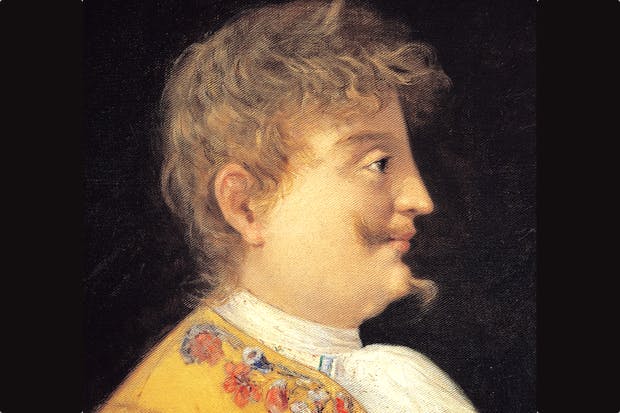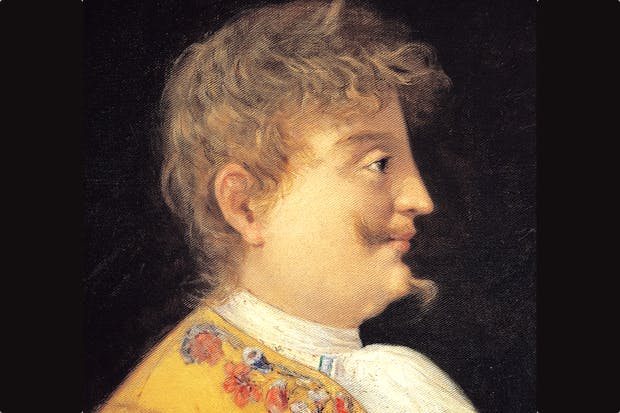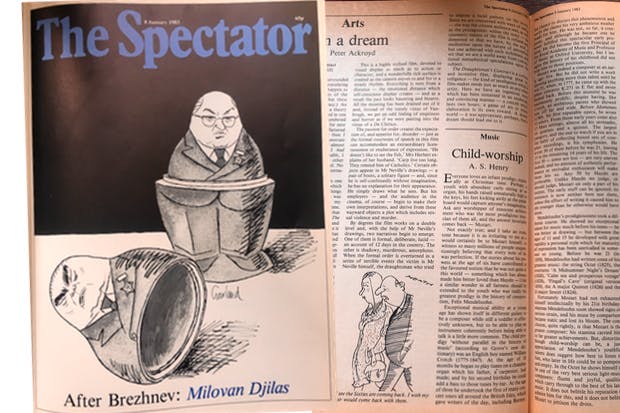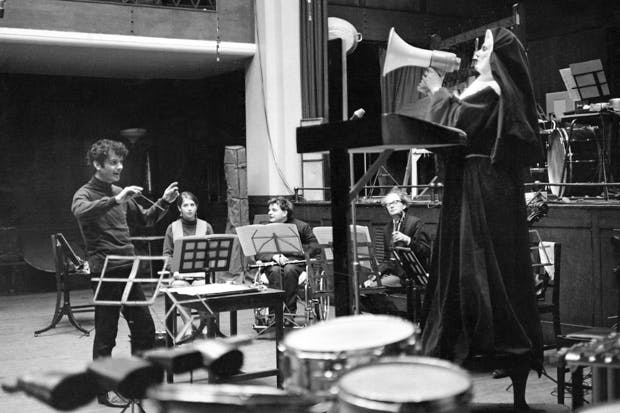The allure of Carlo Gesualdo, eighth Count of Conza and third Prince of Venosa, has been felt by music-lovers from the humblest madrigal singer to the likes of Stravinsky, Boulez and Werner Herzog. Now, just three years after celebrating the 400th anniversary of his death in 1613, his birth in 1566 gives us a second chance to remind ourselves of that heady mix of murder and chromaticism that so famously characterises his life and work.
For most classical composers the music is the way into the biography. Beethoven’s deafness becomes interesting once one has got to know the Missa Solemnis. Enquiry into the circumstances that surrounded Mozart’s death begins with hearing the Requiem. But when it comes to Gesualdo the biography takes over, and for many people the only interesting thing about the music is that it exists. The idea of an aristocrat murdering his wife in flagrante has proved irresistible, and only very secondarily do people ask how such behaviour may have been turned to creative ends. And when they do listen to the music, they very quickly find exactly what they expect: tortured, dissonant, disjointed (no pun intended) writing which obviously shows a psychopath at work.
It is easy to see why Gesualdo, artist and man, has had such a strong pull. Murder is always a good starting-point for fame; but for the murderer to get clean away with his crime because his elevated social status protected him, and then to write music about it, is a publicist’s dream. Since it is unlikely that such a story has been passed down accurately, what do we know of the truth of it?
The rumour mill had begun even before the event, which may not have involved Gesualdo himself killing anyone, only ordering his servants to do it. It had become well established that his wife, Maria D’Avalos, daughter of the Prince of Montesarchio, had been sleeping around, not least with Gesualdo’s uncle, Giulio. When she scorned him, Giulio didn’t hesitate to tell his nephew of his wife’s unfaithfulness. As Glenn Watkins says in his recent book The Gesualdo Hex, ‘With the issue thus publicised, custom of the time virtually demanded that the husband take action… A cuckolded male, and particularly a Neapolitan prince, had not only the right but the duty to protect the honour of the family name by murdering the guilty parties.’ Carlo got clean away with it.
This didn’t, however, improve his state of mind, which had long been unstable and melancholic. His first wife dead, he then married into one of the grandest families in Italy — the d’Estes of Ferrara. From the start the marriage was not a success, and soon there were stories of Carlo maltreating his wife. Within three months he was journeying back to Naples without her, and once back in his castle he descended into a kind of madness, which eventually extended to a court case. The records survive and give a flavour of what was under discussion: ‘Menstrual blood is a kind of poison which, if imbibed and not treated immediately, will eventually lead to a person’s death.’ The person who most nearly died as a result of this perversion was Carlo himself, though his accomplice Aurelia d’Errico, with whom he had tried everything physical on the planet, was the one to be offered up. In the end, he lost his apparently earnest case that she should hang and the court decreed that she be locked up in his castle for the rest of her life. Given his initial attraction to her, and subsequent rejection of her, this was a very odd solution.
And the music? This is where the story deviates from those of other shabby shockers. Gesualdo was a musical genius. His compositional style may have been extreme but, almost incredibly, he knew how to use it. It is not easy to question everything you have been trained to do, and still maintain sufficient rationality to be expressive. His music challenged everything: smooth rhythm, attractive melody, a diatonic flow of harmonies, and yet I know from repeated performances of his Tenebrae Responsories — the ones that inspired Boulez to write his Répons — that this wild writing is under control. It is not mad music. Gesualdo was able to channel his most unfettered and destructive feelings into a comprehensible and deeply expressive musical language. Aficionados of the contemporary scene will know that this is rare.
There will no doubt be several interesting celebrations planned for 2016. If anyone can turn this second anniversary of Gesualdo into an appreciation of the music itself, rather than of the blood and gore, they will do a great composer an important service. No one has managed it so far.
Got something to add? Join the discussion and comment below.
Get 10 issues for just $10
Subscribe to The Spectator Australia today for the next 10 magazine issues, plus full online access, for just $10.












Comments
Don't miss out
Join the conversation with other Spectator Australia readers. Subscribe to leave a comment.
SUBSCRIBEAlready a subscriber? Log in